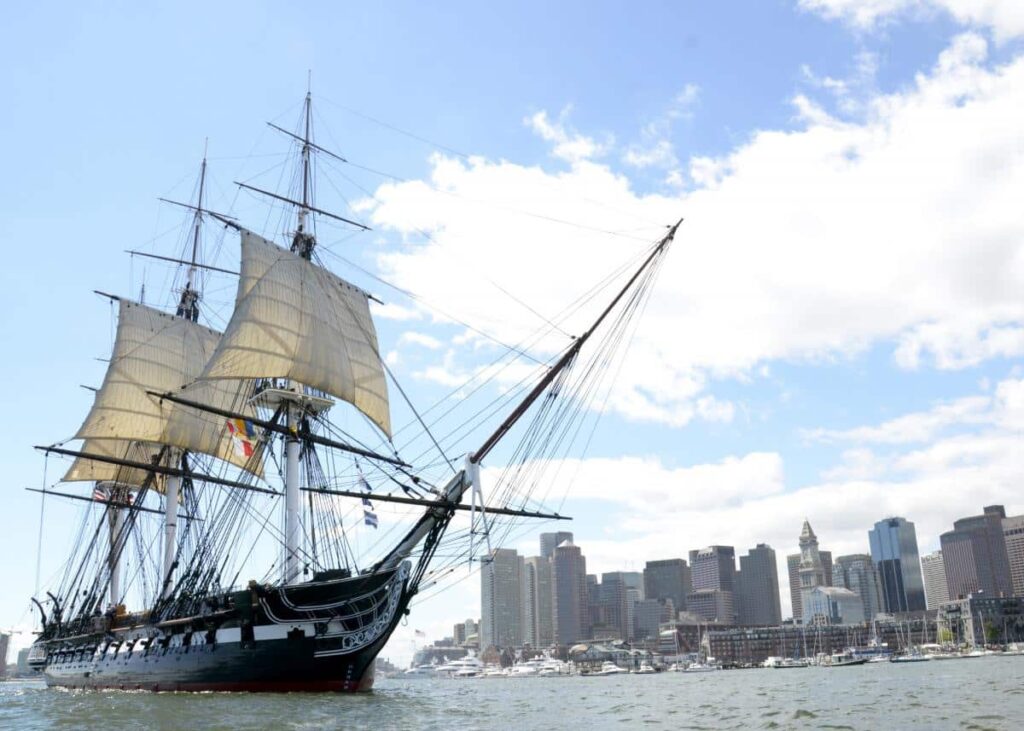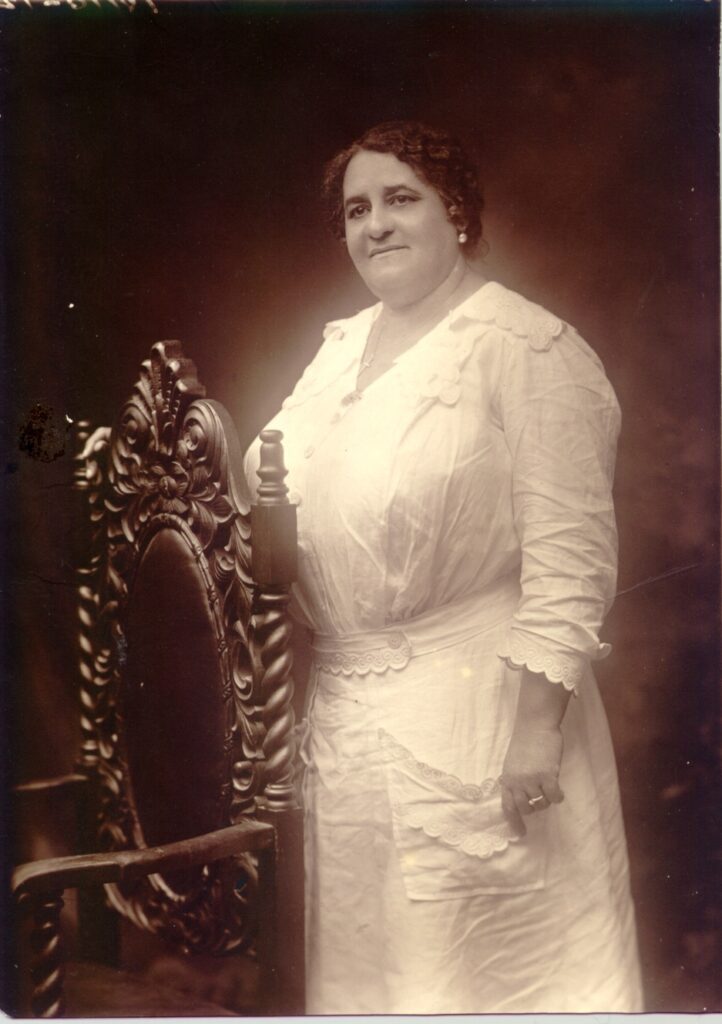For Black History Month, we reflect on defining moments where courageous individuals stood up to injustice and advocated for equity. We also look back on those who are seldom recognized for their contributions to society. Commemorating the people and events that shaped Black history often includes a focus on the sacred cultural sites that served as backdrops during the fight for civil rights, the path for new opportunities and even our national parks’ first protectors.
SCA members serve at an array of historic sites, national monuments and parks to preserve their history and educate visitors on events that took place there. Here is a roundup of the many sites that help bring the essential stories of Black heritage to life.
The city of Boston served as a key destination for many Black people living in the south determined to escape the confines of discrimination during much of the 20th century. The Great Migration brought thousands of Black people to the North in search of better economic opportunities that were free from the harsh Jim Crow laws woven by segregation. Several relocated to Boston’s Charlestown Navy Yard, where various industrial jobs were available.

USS Constitution. (National Park Service)

Black suffragist Josephine St. Pierre Ruffin.
The Boston area is also home to an abolitionist community that served as the foundation for another movement – the fight for women’s rights. Many notable suffrage leaders in the North were Black women. Their voices tend to be overlooked or forgotten even though they helped launch a powerful response to inequality.
Most recently, SCA members (and twin sisters) Megan and Katie Woods worked with the National Parks of Boston to research and uncover the narratives of southern Black migrants who worked at the Charlestown Navy Yard and Black women who played important roles in the Suffrage movement.
Looking back earlier to the Revolutionary War, the Battle of Lexington and Concord was one instance in American history when Minute Men were expected to serve and protect their communities in the event of an emergency. The militia narrative differed for Luther Jotham, a free Black man. Massachusetts law barred men like Jotham from receiving formal militia training during peacetimes. Ultimately, when the alarm sounded on April 19, Jotham volunteered to protect his community regardless of training.
With contributions from former SCA Public History Intern Danielle Rose, users can explore this story map to learn more about Luther Jotham’s life story.
In Richmond, Virginia, Maggie L. Walker National Historic Site is named in honor of lifetime civil rights activist and community leader Maggie Lena Walker. Through her dedicated work during the post-Civil War era, she laid the groundwork for Black people and women to access educational opportunities and financial stability.

Maggie L. Walker, c. 1910, Browns Studio, Richmond Va. (National Park Service)
Some of her achievements include the establishment of The St. Luke Herald newspaper and becoming the first Black woman to charter a bank in the United States. Her home at 110 1/2 East Leigh Street sits in the Jackson Ward neighborhood, a historically Black community that was a booming business and social center during the turn of the century.
SCA participants at this site have assisted in researching, developing and presenting formal interpretive programs and developing interpretive literature to educate site visitors.

Maggie L. Walker’s historic home from the far side of Leigh Street. (National Park Service)
Buried in the history of one of America’s most well-known national parks is the story of the Buffalo Soldiers. The Black soldiers from the 24th Infantry and the 9th Cavalry were among the first to patrol the lands of Yosemite and Sequoia National Parks in 1899. They were bestowed with the nickname “Buffalo Soldiers” by Native American tribes in the west because of their dark, curly hair, which resembled a buffalo’s coat and because of their fierce nature of fighting. They quickly became the original park rangers by protecting travelers and keeping poachers away.

24th Mounted Infantry, Yosemite. (National Park Service)
SCA members have served as interpretive interns at Yosemite National Park to voice the stories of Buffalo Soldiers and help visitors understand their important role in shaping the park’s history.
Alongside the many designated historic sites, some of the country’s wildlife refuges also have ties to Black history. During the late 1930s, Bombay Hook National Wildlife Refuge housed a segregated Civilian Conservation Corps (CCC) comprised of Black men, the only segregated unit in Delaware. Franklin D. Roosevelt established the larger CCC to enlist young, single men to work and restore America’s parks, forests and outdoor spaces. At Bombay Hook, the twelve Black men in the corps improved much of the refuge by planting trees, constructing platforms and observation towers, creating three freshwater impounds and more.

Bird at Bombay Hook National Wildlife Refuge. (Kayt Jonsson/U.S. Fish & Wildlife Service)
Today, SCA interns serve at this refuge and assist with a wide variety of biology and management projects, ranging from traditional bird and vegetation surveys in a remote salt marsh to the measurement of hydrology and wetland elevation.
To learn more about historic sites and places highlighting Black history, you can browse this National Park Service list.